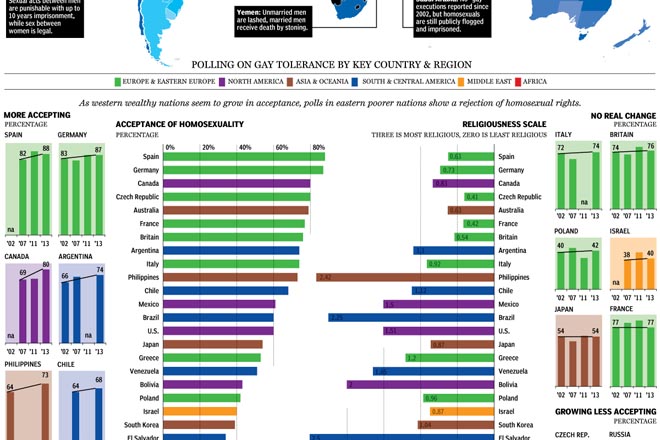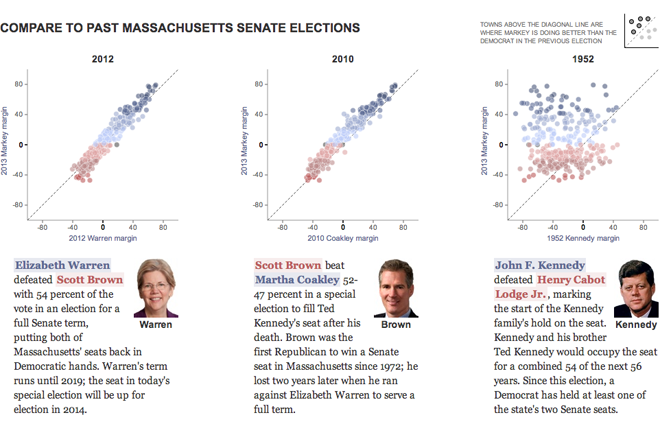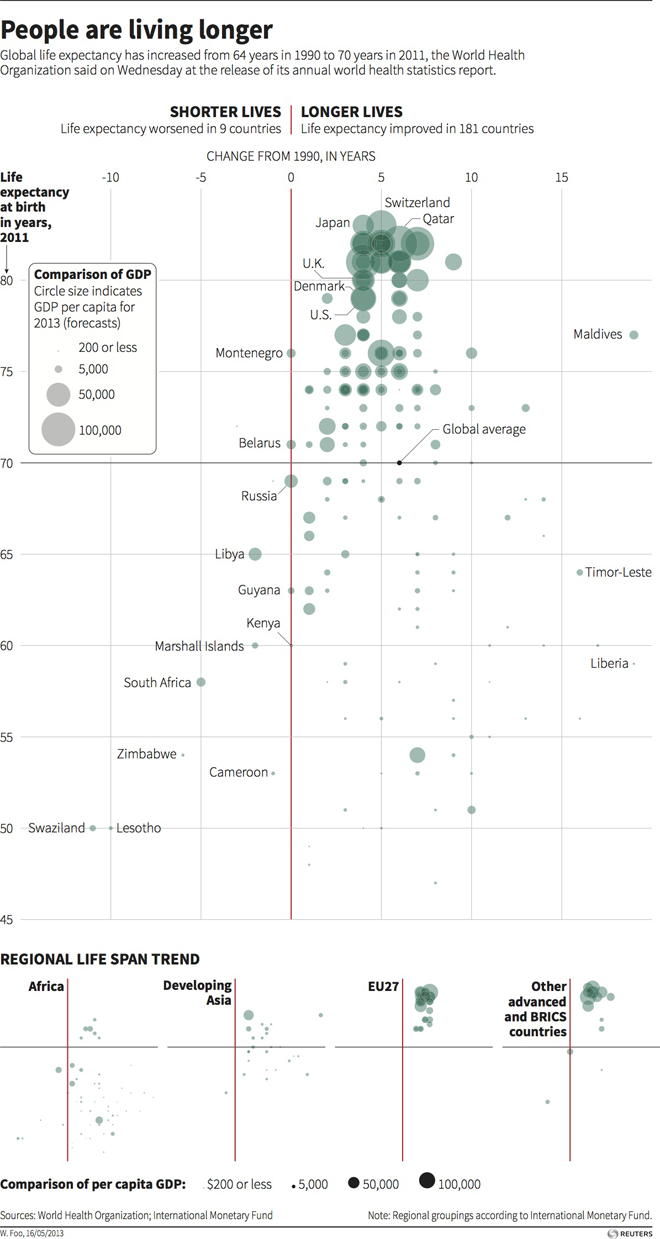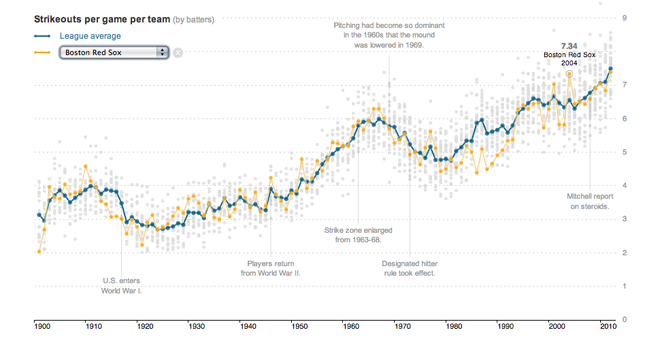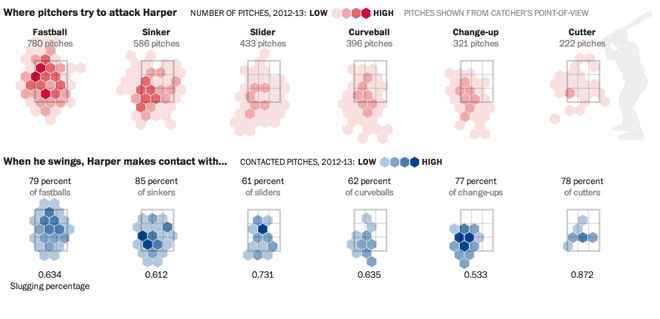…and not just any bankers but central bankers (the ones who establish policies at a national level), are rather under represented as this graphic from the Economist details. It is a nice use of small multiples with bar charts over time. Each bar is a 0–50% of the total membership of a central bank board and the share that is dark represents the number of women. Clearly for the countries selected not a single one has had a board of more than 50% women. Sweden and South Africa are the only two countries shown that have had 50% participation from women central bankers—though Norway and Denmark (for a period of time) have been consistently close.

Credit for the piece goes to C.W., P.A.W., L.P., and P.K.




